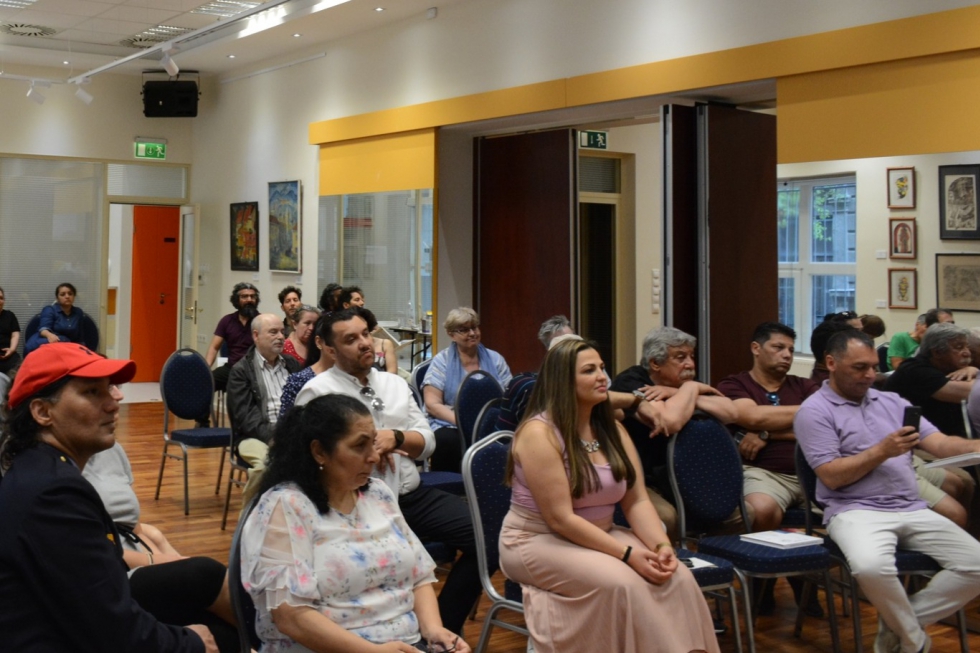
Research on Roma Representation in Public Spaces (2018- present)
In 2018, TLI launched a research project to map the representation of Roma in public spaces. In the first year, we studied the UNESCO World Heritage area of Budapest, then extended our investigation to the entire area of the capital with the involvement of Roma researchers. In the following years, the research was further extended to cover the entire country and examine where and how Roma representations are displayed in public spaces across Hungary. In addition to visual representation, the issue of self-representation and participation received special consideration. Additionally, the research examined positive case studies in which Roma communities had successfully installed Roma representations in public spaces.
In 2021, the results of the national research were published in Hungarian and presented during a workshop. In order to increase the visibility of Roma representations, the representations were made available in a searchable online map and database. The publication was also translated into the Romani and English languages, making the results of the research more accessible to the international Roma community.



